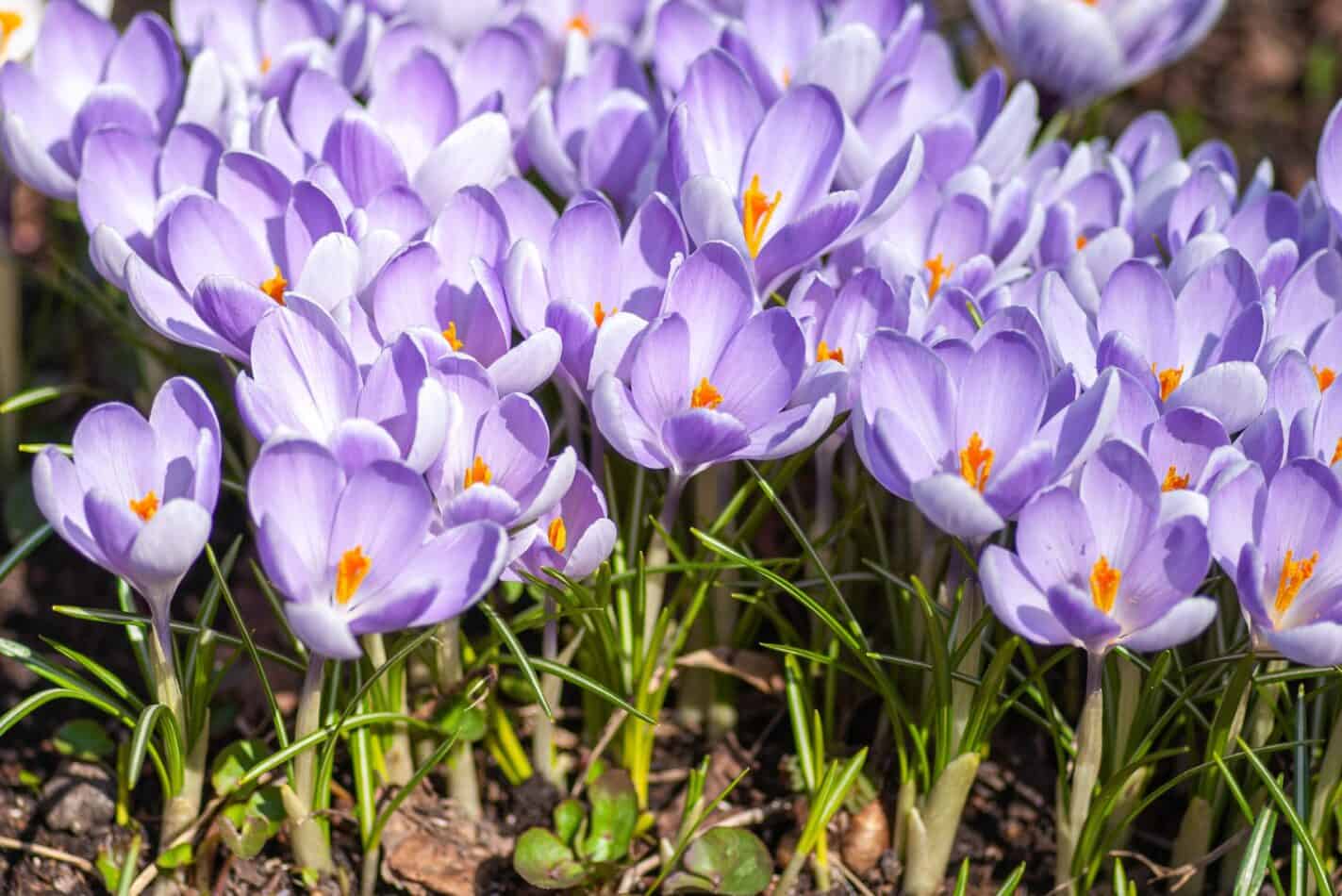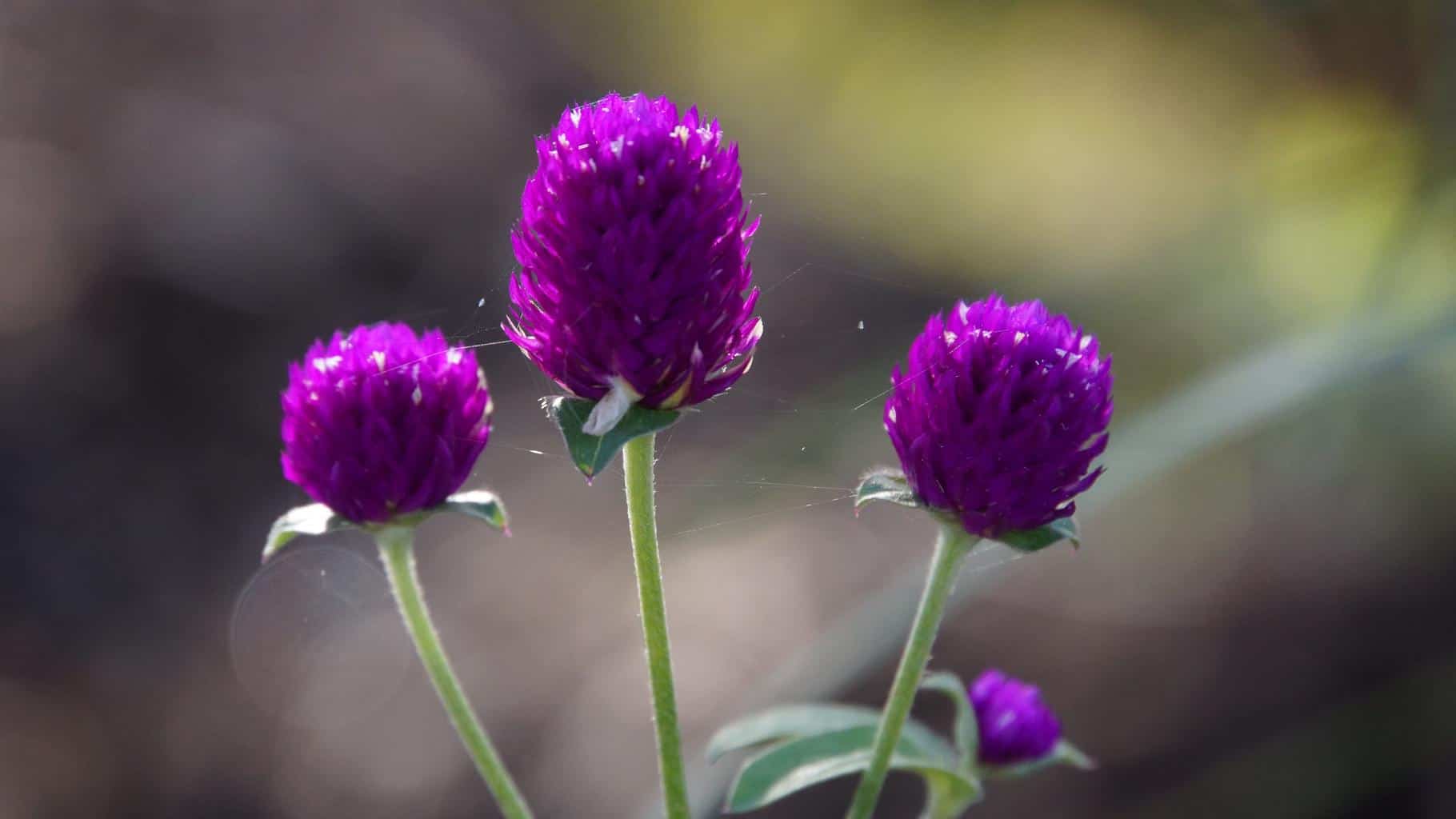Showy Speedwell (Veronica spp.) and Hebe Speciosa (Hebe speciosa) are two ornamental flowers native to New Zealand, but are becoming rapidly more popular in the United States. They are both known for their bright, vivid displays that can easily turn any living space into a welcoming and cheerful spot. Showy Speedwell presents funnel-shaped flowers with two long stamens, giving them their distinctive whiskered appearance, while Hebe speciosa produces many small but dense flowers with long, reddish stamens.
Etymology
The name “Showy Speedwell” has its origin in Latin, from the word vera which means “true,” and its species name, spp., meaning “several species.” It was given this name because of its different varieties. Meanwhile, the Hebe speciosa is named after the mythical Greek goddess of youth, Hebe. The species name “speciosa” is Latin for “showing, spectacular, and abundant beauty.”
How to Plant and Grow
Showy Speedwell and Hebe speciosa prefer partial sunlight and moist soil. Both may take full sun if provided with consistent water. They do best in a well-drained, moist, slightly acidic soil. A pH of about 6.0 is ideal, but the plants are tolerant of a wider range. The plants will grow best in temperatures of 65-75°F (18-24°C) and are not frost tolerant. Both the plants need to be fertilized regularly, but with less frequency during cooler months.
Meaning and Symbolism
Showy Speedwell has long been a symbol for constancy, loyalty, and faith. It also has later associations with everlasting love. In some cultures, it has even been used as a charm to ward off evil spirits. Hebe speciosa has deep cultural and spiritual significance to the Maori, New Zealand’s indigenous people. They believe it symbolizes bounty, openness, and respect. Symbolically, the Maori consider the flower to have a strong spiritual power.
Flower Varieties and Their Defining Characteristics
Showy Speedwell includes many varieties of the flower, such as:
- Veronica spicata – This is the most commonly grown variety of Showy Speedwell. It has multiple branching stems, blue-green foliage, and reddish-blue flower stalks with funnel-shaped flowers and distinctive long stamens.
- Veronica peduncularis – It is a bushy, compact, low growing subshrub with bright-green leaves and clusters of light blue to violet flowers with yellow-tipped stamens.
- Veronica longifolia – This is an upright, clumping subshrub with dark-green leaves and deep-blue flower stalks with dark-blue flowers and yellow stamens.
Hebe speciosa, or Broad-leaved Hebe, is the most popular variety of Hebe, with its glossy, leathery, evergreen leaves and bright, mauve flowers in tight clusters. It can reach a height of up to 8 feet (2.4 m), with a spread of 3 feet (0.9 m).
How to Pot and Repot
Pots and containers are best for Showy Speedwell and Hebe speciosa, since they can be moved as needed. When planting in a pot or container, use a potting mix specifically designed for container plants. Make sure the pot has plenty of drainage holes at the bottom, as the plants must never sit in water. When re-potting, make sure not to disturb the plants’ roots too much to avoid damage.
How to Prune
Showy Speedwell and Hebe speciosa require very little pruning. Deadheading flowers will help to promote more blooms throughout the growing season. Always use clean pruning shears and surgical gloves when pruning and never leave broken branches or twigs on the plant, as this can cause disease. The only pruning needed for a healthy long-term plant is to occasionally remove old, dead, or damaged branches.
How to Propagate
Showy Speedwell and Hebe speciosa can be propagated by both seed and softwood or semi-ripe cuttings in late spring and early summer. Showy Speedwell is propagated by seeds and cuttings, while Hebe speciosa can also be propagated by layering. When taking cuttings, cut a stem just below the node with scalpel or sharp, clean scissors, and remove the lower leaves. Dip the cutting into rooting hormone and plant into moist, well-draining potting mix.
Common Pests and Diseases
Showy Speedwell and Hebe speciosa are generally disease-free and pest-resilient plants. The most common ailments with these plants are fungal diseases such as powdery mildew and leaf spot. To avoid this, make sure to space Showy Speedwell and Hebe speciosa plants adequately and to water them from the bottom. This will reduce the chance of fungal diseases. Aphids and caterpillars may also attack the plants, but these can typically be kept in check with a horticultural oil spray.
Three Frequently Asked Questions About Hebe Speciosa
- Can I use Hebe Speciosa for container growing?Yes, Hebe Speciosa can grow quite successfully in containers. Make sure to pick a potting mix designed for container plants, with good drainage. The soil should remain moist but not soggy.
- Does Hebe Speciosa prefer full sun or partial shade?Hebe Speciosa can adapt to full sun or partial shade. It performs best in partial shade and moist soil, but can also handle more sun exposure with proper extra watering.
- How often do I need to water my Hebe Speciosa?Hebe Speciosa prefers to remain consistently moist but not soggy. Depending on the climate and soil conditions, watering every few days may be necessary, so it’s best to check the plant regularly.
A Table Fact Sheet
| Flower | Family | Plant Type | Mature Size | Sun Exposure | Soil Type | Soil pH | Bloom Time | Flower Color | Hardiness Zones | Native Area |
|---|---|---|---|---|---|---|---|---|---|---|
| Showy Speedwell | Scrophulariaceae | Perennial | 8-24 inches | Partial Sun to Full Sun | Well-drained, moist | 6.0 – 6.5 | Early Summer to Late Fall | White to Blue | 3-9 | New Zealand |
| Hebe Speciosa | Plantaginaceae | Perennial | 6-8 feet | Partial Sun to Full Sun | Well-drained, moist | 6.0 – 6.5 | Late Summer to Early Fall | White to Mauve | 3-9 | New Zealand |
What we love from Amazon this week
Buy these wonderful flowers directly from Amazon:















